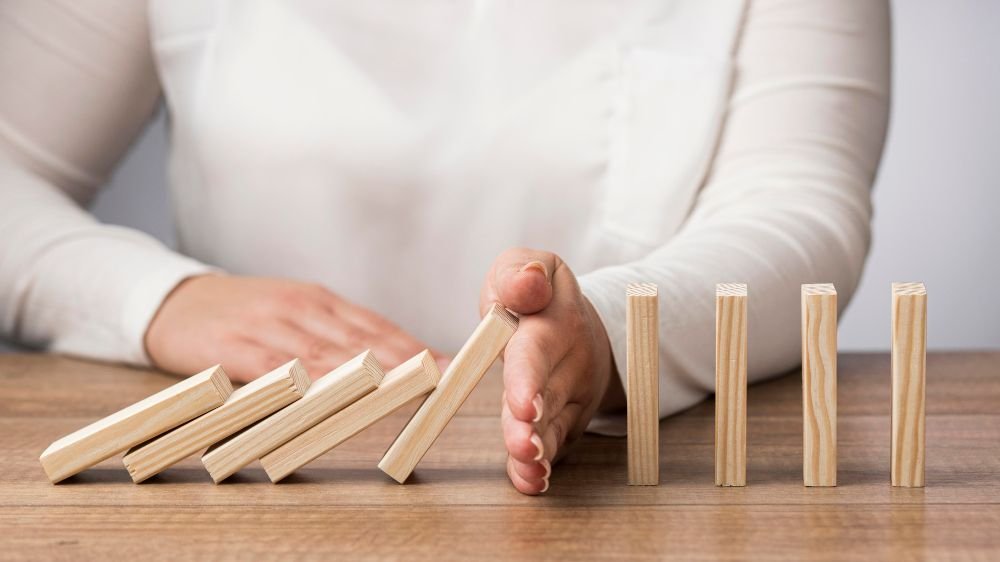Life in your 30s is a beautiful, messy juggling act—career, family, friendships, and that ever-elusive “me time.” Some days, I feel like I’ve got it all together. Other days? A single spilled coffee can send me into a spiral. Sound familiar?
That’s why I’ve become obsessed with emotional regulation—not as some stiff, clinical concept, but as a real, practical toolkit for staying grounded. Because here’s the truth: You can’t pour from an empty cup. And if you’re like me—a woman who wants to show up fully for her kids, her partner, her work, and herself—learning to navigate your emotions isn’t just helpful. It’s essential.
So, let’s talk about seven strategies that have genuinely changed how I handle stress, joy, and everything in between.
How to achieve Inner Peace in Just 7 Minutes a Day! – take the first step now!
Table of Contents
Understanding Emotional Regulation Techniques
Embarking on the journey of understanding emotional regulation techniques (ERT) is akin to unraveling the intricate threads that weave the tapestry of our emotional experiences.
It’s about acknowledging the very essence of what makes us human – our emotions – and learning the art of navigating them with grace and resilience.
At its core, ERT is not a rigid set of rules but a dynamic skill set that empowers individuals to manage and respond to their emotions effectively.
Picture it as a personalized toolkit, each technique a unique instrument designed to harmonize the symphony of emotions within us.
The journey starts with a fundamental step: acknowledging your emotions. It’s about recognizing the shades of joy, sorrow, anger, and everything in between.
This self-awareness lays the groundwork for the subsequent steps in emotional regulation.
1 – Name It to Tame It

Ever had one of those days where you snap at your partner over something tiny, only to realize later you weren’t really mad at them—you were just overwhelmed? Yeah, me too.
The first step to emotional balance is simple but powerful: Acknowledge what you’re feeling. No judgment, no guilt. Just “Oh, I’m anxious right now” or “Wow, I’m really irritated.”
Naming emotions strips them of their power to hijack your reactions. It’s like hitting pause before responding—something I wish I’d learned sooner as a mom.
2 – Breathe Like You Mean It (Mindfulness Isn’t Just for Yogis)
A vital part of Emotional Regulation Techniques (ERT), mindfulness meditation seems as a lifeline in the hectic world of today.
I used to roll my eyes at meditation. “Who has time to sit still?” Then I tried a 5-minute mindfulness exercise during naptime (because let’s be real—that’s all I had). Game. Changer.
Mindfulness isn’t about emptying your mind (impossible). It’s about noticing your thoughts without getting swept away. When I’m spiraling into “What if…?” mode, grounding myself in my breath—in, out, in, out—brings me back to now. And now is usually way less scary than my imagination.
Don’t miss out on the life-changing meditation program! – Find your calm in minutes.
3 – Healthy Coping Mechanisms: Integrating ERT into Daily Life
As life presents its fair share of obstacles and victories, constructive coping strategies act as sentinels, preserving internal emotional balance.
These mechanisms, which are an integral part of Emotional Regulation Techniques (ERT), are individualized techniques designed to meet your specific needs rather than strict prescriptions.
Taking up a hobby, getting support from loved ones, or exercising aren’t just something to do; they’re doorsway to healthy ways to decompress.
ERT entails realizing that life is a series of compromises, and that you may manage these concessions without sacrificing your wellbeing by developing good coping mechanisms.
It’s about building a toolset that works for your journey towards balance, accepting the ups and downs of emotions, and cultivating resilience.
4 – Cultivating a Supportive Social Network for ERT
In the symphony of emotions, the significance of a supportive social network cannot be overstated.
Cultivating meaningful connections is not just a facet of life; it’s a pivotal aspect of Emotional Regulation Techniques (ERT).
This is about creating an environment where sincere communication and understanding flourish rather than about surrounding yourself with an audience.
A helpful social network gives a forum for advice and experiences to be exchanged among friends, family, and coworkers.
In the context of social relationships, ERT entails giving as well as receiving assistance.
Empathy and understanding turn become the currency of emotional well-being in this reciprocal dance.
Let’s acknowledge that a supportive social network plays a crucial role in promoting emotional regulation and inner peace.
5 – Establishing Healthy Boundaries as an ERT

Setting up healthy boundaries becomes a vital brushstroke in the delicate art of Emotional Regulation Techniques (ERT), painting a picture of emotional well-being and self-care.
This is about creating bridges that respect your mental and emotional space, not about erecting walls.
ERT entails realizing the delicate balance between self-preservation and compromise, as well as the fact that establishing sound limits is a necessary rather than selfish act.
It’s about voicing your needs, setting boundaries in both personal and professional contexts, and taking the necessary steps to empower yourself to prioritize self-care without feeling guilty.
6 – Cognitive Restructuring: A Strategic ERT Approach
When feelings twirl through the mental maze, cognitive restructuring serves as the tactical director, pointing the way in the direction of emotional balance.
This methodical technique to confronting and altering unfavorable mental patterns is not a supernatural recalibration.
Identifying erroneous beliefs and substituting them with well-reasoned concepts is the field of cognitive restructuring in emotional regulation techniques (ERT).
Through a shift in perspective, people might lessen the severity of unpleasant feelings by reframing events.
ERT, with cognitive restructuring at its core, becomes a transformative journey towards a more resilient and positive mental landscape.
Effortless Brainwave Therapy for Anxiety. – Start today!
7 – Seeking Professional Help for Specialized ERT
Sometimes, amid the complex fabric of emotional health, getting professional assistance shines like a bright light.
Emotional Regulation Techniques (ERT) recognize that navigating the intricacies of emotions can be difficult at times.
In addition to being skilled professionals, therapists and counselors are seasoned mentors who may provide individualized insights and coping mechanisms.
It takes guts to seek professional assistance, but doing so is a brave first step in learning the skill of emotional control.
It’s an admission that certain emotional landscapes are enhanced by the knowledge of people who are deeply acquainted with the complex subtleties of the human psyche.
As we explore the depths of Emotional Regulation Techniques, let’s accept the idea that getting expert assistance is a valuable step toward reestablishing inner peace, not merely an alternative.
Conclusion Mastering Emotional Regulation Techniques
Learning how to control your emotions is a self-discovery process that requires self-awareness, wholesome behaviors, and a readiness to ask for help.
Through the acceptance of emotions, the practice of mindfulness, and the application of the suggested techniques, people can maximize their well-being while navigating life’s compromises.
Adopting these methods not only promotes mental health but also gives people the resources they need to bring inner balance back into many facets of their lives.

